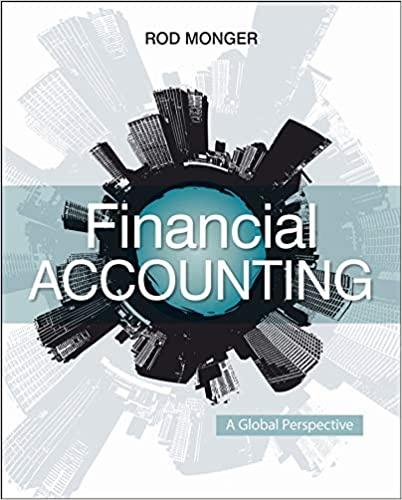Question
Exercise 14-16 (Algorithmic) (LO. 1, 2) Sally owns real property for which the annual property taxes are $15,080. She sells the property to Kate on
Exercise 14-16 (Algorithmic) (LO. 1, 2)
Sally owns real property for which the annual property taxes are $15,080. She sells the property to Kate on April 2, 2021, for $754,000. Kate pays the real property taxes for the entire year on October 1, 2021.
Assume a 365-day year. Round any division to four decimal places. Round your final answers to the nearest dollar.
a. How much of the property taxes can be deducted by Sally and how much by Kate?
Sally can deduct $fill in the blank 17decffddf9f048_1 and Kate can deduct $fill in the blank 17decffddf9f048_2 of the property taxes.
b. What effect does the property tax apportionment have on Kate's adjusted basis in the property?
Kate's adjusted basis for the property is
decreasedincreased
by the $fill in the blank cc703af48f81fcf_2 she paid that is apportioned to Sally.
c. What effect does the apportionment have on Sally's amount realized from the sale?
Sally paid none of the real property taxes and
isis not
permitted to deduct the apportioned share of $fill in the blank ffa815f72fc6fd5_2. Her amount realized is
decreasedincreasednot affected
by this amount.
d. How would the answers in parts (b) and (c) differ if Sally paid the taxes?
If Sally paid the taxes, Sally's amount realized would be $fill in the blank 103ff10d703b070_1. Kate's adjusted basis would be $fill in the blank 103ff10d703b070_2.
Step by Step Solution
There are 3 Steps involved in it
Step: 1

Get Instant Access to Expert-Tailored Solutions
See step-by-step solutions with expert insights and AI powered tools for academic success
Step: 2

Step: 3

Ace Your Homework with AI
Get the answers you need in no time with our AI-driven, step-by-step assistance
Get Started


